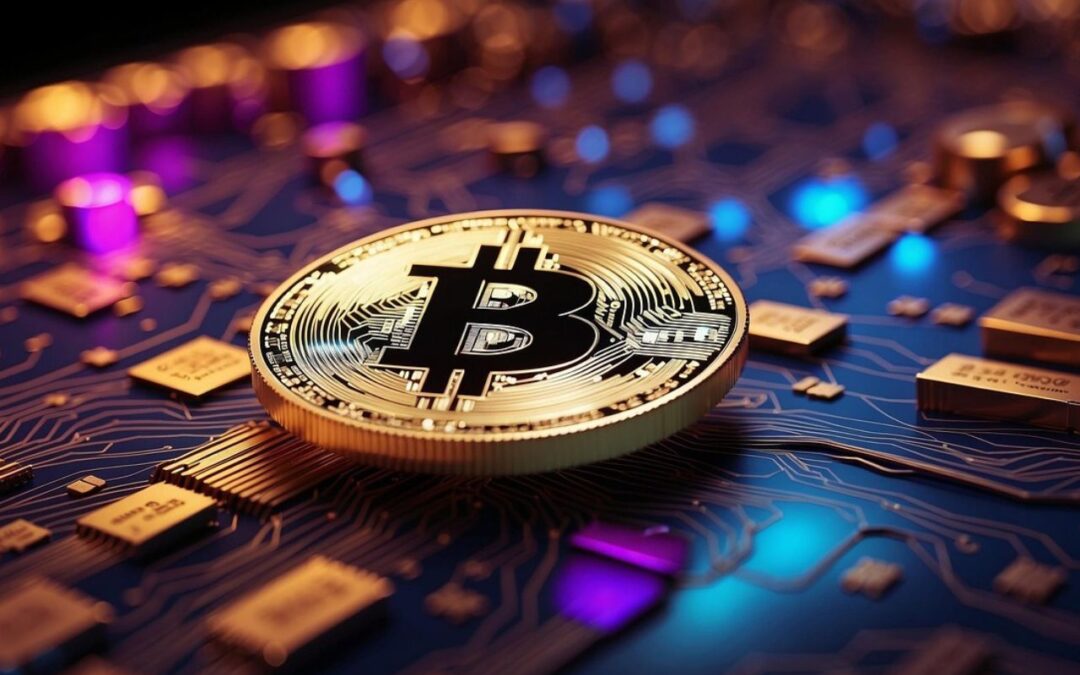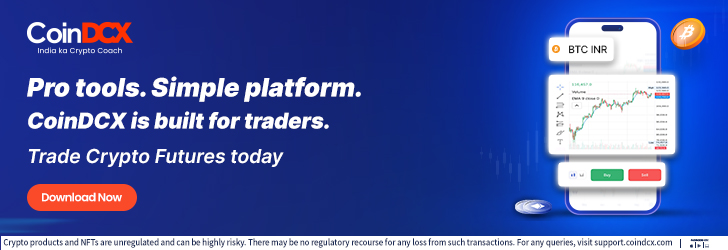A deepfake is a video, audio clip, or image created using AI to mimic real people. In 2025, this technology has become a serious concern for the cryptocurrency industry. These fakes often look convincing enough to fool investors.
In crypto trading, a fake announcement from a known figure can cause huge price swings. Investors may rush to buy or sell based on completely false information. As deepfakes become more advanced, they pose a real threat to market trust. This article explores how deepfakes can manipulate crypto prices and how to spot them.
How Deepfakes Influence Crypto Prices
Deepfakes have changed how information spreads in crypto markets. A fake video of a popular CEO can create panic or hype. Fooled investors rush to buy or sell the asset. Then, the truth comes out hours later, but the damage is done.
These fake videos are often made like real interviews or livestreams. Scammers may create a deepfake of a crypto founder announcing a project shutdown or major hack. As people sell off in fear, prices crash. Once trust is lost, it’s hard to recover quickly.
Social media helps these deepfakes spread even faster. A short video clip on Twitter or TikTok can go viral in minutes. The more views it gets, the more investors act without checking the source. Bots and paid influencers sometimes push these videos, making them seem even more credible.
Since cryptocurrency markets move fast and lack central control, deepfakes hit them harder than traditional finance. Traditional markets have safeguards, while crypto often does not. This makes deepfakes a perfect tool for market manipulation. Without strong fact-checking, fake content becomes real money losses. That’s why understanding this threat is so important in 2025.
Some Real-World Examples
In 2024, a deepfake impersonator of Elon Musk claimed to host a $20 million crypto giveaway on Elon4u.com. The fake appeared in a viral social media clip and tricked many viewers. It quickly turned out to be false.
CloudSEK has also reported scammers using deepfake videos of Musk on YouTube promoting fake crypto investment schemes. These videos included QR codes and links to fraudulent platforms. The scammers even hijacked older, verified YouTube channels to mislead viewers further.
Comparison: Real Announcements vs Deepfake Fakes
Though deepfakes mimic real crypto updates, there are key differences between them. Real announcements come from official channels and are backed by trustworthy news sources. See the table below to understand their differences.
| Feature | Real Announcement | Deep Fake |
| Source | Official channels (e.g., X, company websites) | Unknown or hijacked accounts |
| Verification | Covered by the media or confirmed by the press | No major coverage or fact-checking |
| Quality of content | Clear, consistent speech and visuals | May have audio glitches or awkward facial movements |
| Timing | Planned release, often with context | Sudden, without context or warning |
| Call to action | Informative or strategic | Urgent, emotional, and often requests money or action |
Detecting Deepfake Crypto Schemes
Spotting deepfakes may seem tricky, but it is possible. You can avoid falling for fake content with some awareness.
According to Rick Slot, chief editor at Slotozilla, staying alert to online scams, especially those tied to fast-moving trends like crypto, is essential in 2025. He emphasizes that many deepfakes are designed to create urgency, pushing viewers to quickly send money, buy a coin, or click a link. That urgency alone is often a red flag.
Another clue is poor quality. Look closely at the person’s face and voice. Are the lips slightly off? Is the blinking strange? Does the voice sound robotic?
Real announcements come from verified accounts or press releases. If the video is on a random page or an unknown account, you should be cautious. Use fact-checking tools or wait for confirmation from trusted news sources.
Watch out for these general signs:
- Lip-sync that doesn’t match the voice
- Strange eye movement or lack of blinking
- Urgent language asking for money or fast action
- Poor video or audio quality
- Unverified sources or broken links
How It Affects Market Stability and Investor Sentiment
Deepfakes can shake investor confidence and cause chaos in crypto markets. When a fake video goes viral, traders often react before checking the facts. This can lead to sudden buying or selling sprees. Prices will then rise or crash based on false information.
Even after the truth comes out, trust in the affected coin or platform can drop sharply. Some investors may pull their funds out completely, fearing more scams in the future. This hurts long-term market stability.
Regulatory bodies also struggle to respond quickly. Crypto moves fast, but regulation often moves slowly. As more scams appear, governments may tighten rules. While that helps protect people, it can also limit innovation.
The fear of deepfakes adds a layer of risk to investing. Investors might hesitate to act on genuine news, unsure if it’s real. In this way, deepfakes harm not just prices but trust across the entire crypto space.
How to Protect Your Investments
Investors can stay safe by using tools, staying alert, and learning how scams work. For example, the guide at https://www.slotozilla.com/how-do-deepfakes-work explains how deepfake technology operates.
Here’s how to protect your crypto:
- Double-check sources before acting on any video or news.
- Use AI detection tools to scan for fake content.
- Avoid urgent messages asking for crypto transfers.
- Rely on trusted platforms for news and updates.
Final Thoughts
Deepfakes are a growing threat in crypto markets. They spread false news, shake investor trust, and cause real financial damage. You can protect your assets by staying informed, verifying sources, and learning how deepfakes work. Awareness isn’t optional in 2025. It’s essential for anyone active in digital finance.






